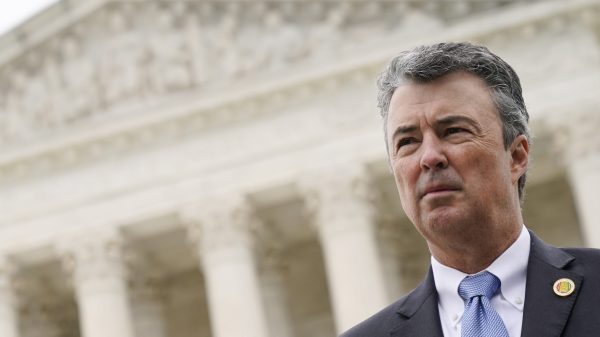INSIDE THE STATEHOUSE
by Steve Flowers
This third year of the quadrennium Regular Session of the legislature has recently gotten a lot more complex. These next four months will be trying times for the Alabama legislature. They will not only have to deal with a beleaguered General Fund Budget that has to feed a money-eating monster named Medicaid, they have an overcrowding problem in the state prisons to deal with as well as major public school systems being taken over by the state because of mismanagement and underfunding.
They now have been dealt a body blow that affects their own backyards. They will have to draw new legislative lines that will need to be in effect by June because legislative elections essentially begin this June. The primaries for 2018 political offices will be held in early June next year. All 105 House seats and all 35 Senate seats are up for election.
The bell rings this June 6 for all state races to begin raising money. Folks, money is the mother’s milk of politics. It usually determines who wins a race. Campaign money equates into name identification and in most legislative races it really boils down to name identification. Therefore, they will covertly make dealing with this reapportionment wrench a paramount priority.
Almost five years ago a lawsuit, which appeared at the time to be a perfunctory Hail Mary, was brought by the Alabama Legislative Black Caucus and the Alabama Democratic Conference. At the time it seemed like a vague and nebulous concept of a case. The Legislative Black Caucus and ADC argued that the Republican controlled legislature drew lines that moved black voters who vote Democratic into overwhelmingly populated black districts that prohibited them from forming alliances with like-minded white voters. The crux of the case, is that it diluted their influence in the legislature.
The case surprisingly meandered through the courts all the way to the U.S. Supreme Court. The Supreme Court broke new ground when it even heard the case and set new precedent with its ruling. Prior to this, the Supreme Court had held a state legislature could draw lines along political paths as long as it did not discriminate against black voters.
The case was remanded back to the 11th Circuit to seek a remedy. The Supreme Court sets the law. The federal judges in Alabama had to decide how to implement the ruling. When you look at the districts there is no question that the lines were drawn politically to put all black voters into almost all black districts to be represented by black Senators or black Representatives. This stacking also placed most whites in almost all white districts represented by white Senators and white Representatives.
The federal judges ruled on January 20, Inauguration Day, that 12 districts in Alabama must be redrawn in order to comply with the U.S. Supreme Court decision. The 2 to 1 majority of U.S. Federal Judges Keith Watkins and Bill Pryor ruled that only 12 districts were stacked. U.S. District Judge Myron Thompson wrote that he would have found 12 more districts unconstitutional. Regardless of whether 12 or 24 of the districts are out of sync, the legislative districts will have to be redrawn. When you tinker with even one district it affects the whole map. There is a ripple effect which will require redrawing most if not all of the districts in both the Senate and the House.
However, the bottom line is that most of the districts in the state will change very little and more importantly it will not change the party make-up of the legislature. You will probably have the same overwhelming Republican super majority in both chambers of the state legislature.
In Alabama politics essentially whites are Republicans and blacks are Democrats. There is very little deviation. Therefore, the redistricting will have minimal or no partisan effect. However, long-term it lays the foundation for a possible future coalition between black Democrats and moderate Republicans to bridge a bipartisan coalition leadership.
See you next week.
Steve Flowers is Alabama’s leading political columnist. His weekly column appears in over 60 Alabama newspapers. He served 16 years in the state legislature. Steve may be reached at www.steveflowers.us.




















































You must be logged in to post a comment Login